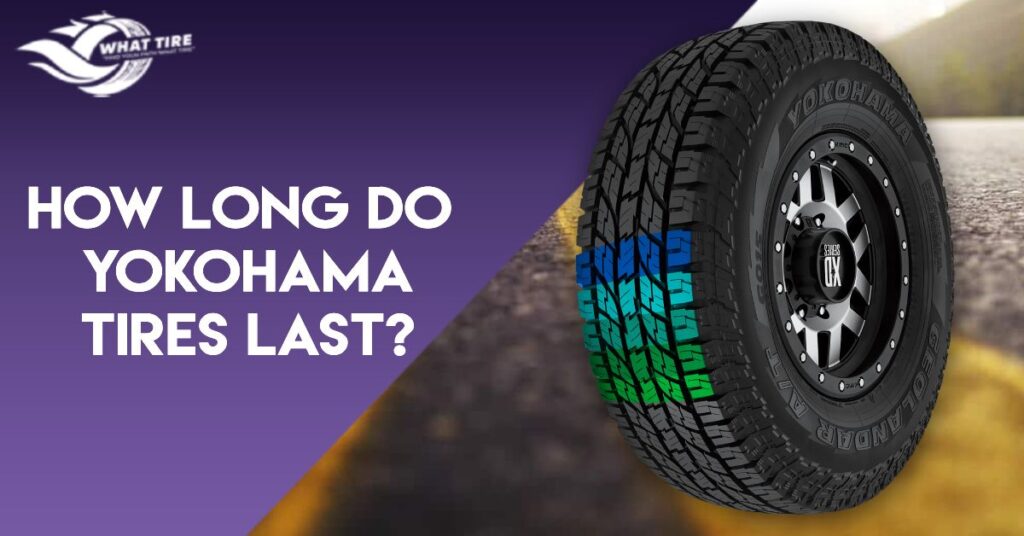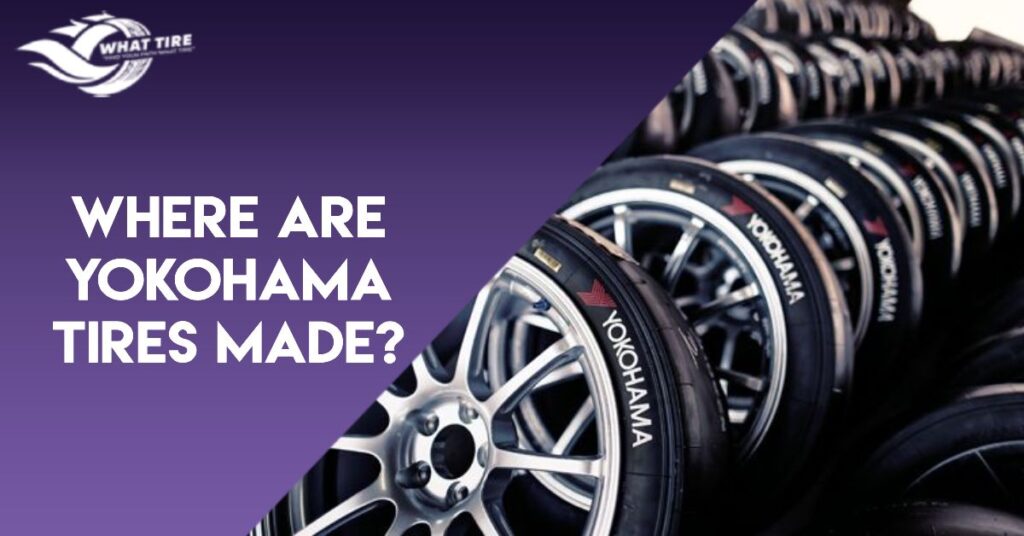How Long Do Yokohama Tires Last?
In this blog post, we talk about an essential aspect of tire ownership: longevity. Specifically, we focus on Yokohama tires, renowned for their quality and reliability. Understanding how long Yokohama tires last and the factors influencing their lifespan is crucial for every driver. From mileage expectations to signs of wear and maintenance tips, we’ll discuss everything you need to know to keep your Yokohama tires rolling smoothly and safely for miles to come. Let’s get started on a journey to tire longevity together. Yokohama Tire Longevity Review Yokohama tires have garnered a reputation for solid performance and durability in the automotive industry. While opinions may vary, many drivers appreciate Yokohama tires for their balance of traction, handling, and longevity. These tires are often praised for their ability to maintain grip in various driving conditions, including wet and dry roads. Additionally, Yokohama offers a diverse range of tire models suited to different vehicle types and driving preferences. However, like any product, experiences with Yokohama tires can vary based on individual driving habits, road conditions, and maintenance practices. There are a lot of factors that can significantly influence the lifespan of Yokohama tires. Let’s check some of them out. How Many Miles Do Yokohama Tires Last? Yokohama tires typically last between 50,000 to 70,000 miles under normal driving conditions. This mileage estimate can vary depending on factors such as tire model, vehicle type, driving habits, and maintenance practices. Regularly rotating and properly inflating tires, along with avoiding aggressive driving behaviors, can help maximize the lifespan of Yokohama tires, ensuring they reach or even exceed their expected mileage range. How Many Kilometers Do Yokohama Tires Last? On average, Yokohama tires can last between 80,000 to 110,000 kilometers, although this figure may vary based on several factors. Factors influencing tire longevity include driving conditions, maintenance routines, and the specific tire model. Adhering to recommended tire care practices, such as regular inspections and proper inflation, can contribute to extending the lifespan of Yokohama tires, allowing drivers to achieve maximum kilometers before replacement is necessary. How Many Years Do Yokohama Tires Last? Yokohama tires typically have a lifespan ranging from 5 to 8 years, but this can vary based on usage and environmental conditions. Even if the tread appears sufficient, it’s crucial to consider the age of the tire, as rubber compounds deteriorate over time. Factors such as exposure to sunlight, temperature fluctuations, and storage conditions can accelerate this process. Regularly inspecting the manufacturing date of Yokohama tires and replacing them as needed ensures optimal safety and performance. Signs of Yokohama Tire Wear and Tear Knowing the signs of wear and tear on Yokohama tires is essential for maintaining vehicle safety and performance. Regularly inspecting Yokohama tires for these signs of wear and tear ensures safe driving conditions and maximizes tire lifespan. Yokohama Tires Maintenance Tips Proper maintenance is key to maximizing the lifespan and performance of Yokohama tires. Here are some valuable tips: 1. Regular Inspections Routinely inspect Yokohama tires for signs of wear, damage, or irregularities in tread wear patterns. This includes checking tread depth, sidewalls for cracks or bulges, and tire pressure. 2. Proper Tire Inflation Maintain proper tire inflation according to the vehicle manufacturer’s recommendations and the tire sidewall markings. Underinflated or overinflated tires can lead to uneven wear, reduced fuel efficiency, and compromised handling. 3. Wheel Alignment Schedule periodic wheel alignments to ensure proper alignment of the vehicle’s wheels. Misaligned wheels can cause uneven tire wear and affect vehicle handling and steering response. 4. Tire Rotation Rotate Yokohama tires regularly to promote even tread wear and extend tire life. Follow the recommended rotation pattern outlined in the vehicle owner’s manual or consult with a tire professional. 5. Avoid Overloading Avoid exceeding the vehicle’s load capacity or carrying excessive weight, as this can put additional strain on Yokohama tires, leading to premature wear and potential damage. 6. Storage Considerations When storing Yokohama tires, keep them in a cool, dry place away from direct sunlight and sources of heat. Store tires upright and avoid stacking them to prevent distortion of the tire shape. 7. Safe Driving Practices Practice safe driving habits such as avoiding sudden stops, sharp turns, and driving over potholes or debris. These actions can help minimize tire wear and reduce the risk of damage. Conclusion Understanding the lifespan of Yokohama tires is crucial for every driver. By considering factors such as driving habits, maintenance practices, and environmental conditions, drivers can ensure that their Yokohama tires provide optimal performance and safety for miles to come. Regular care and attention prolong tire longevity. FAQs
How Long Do Yokohama Tires Last? Read More »


